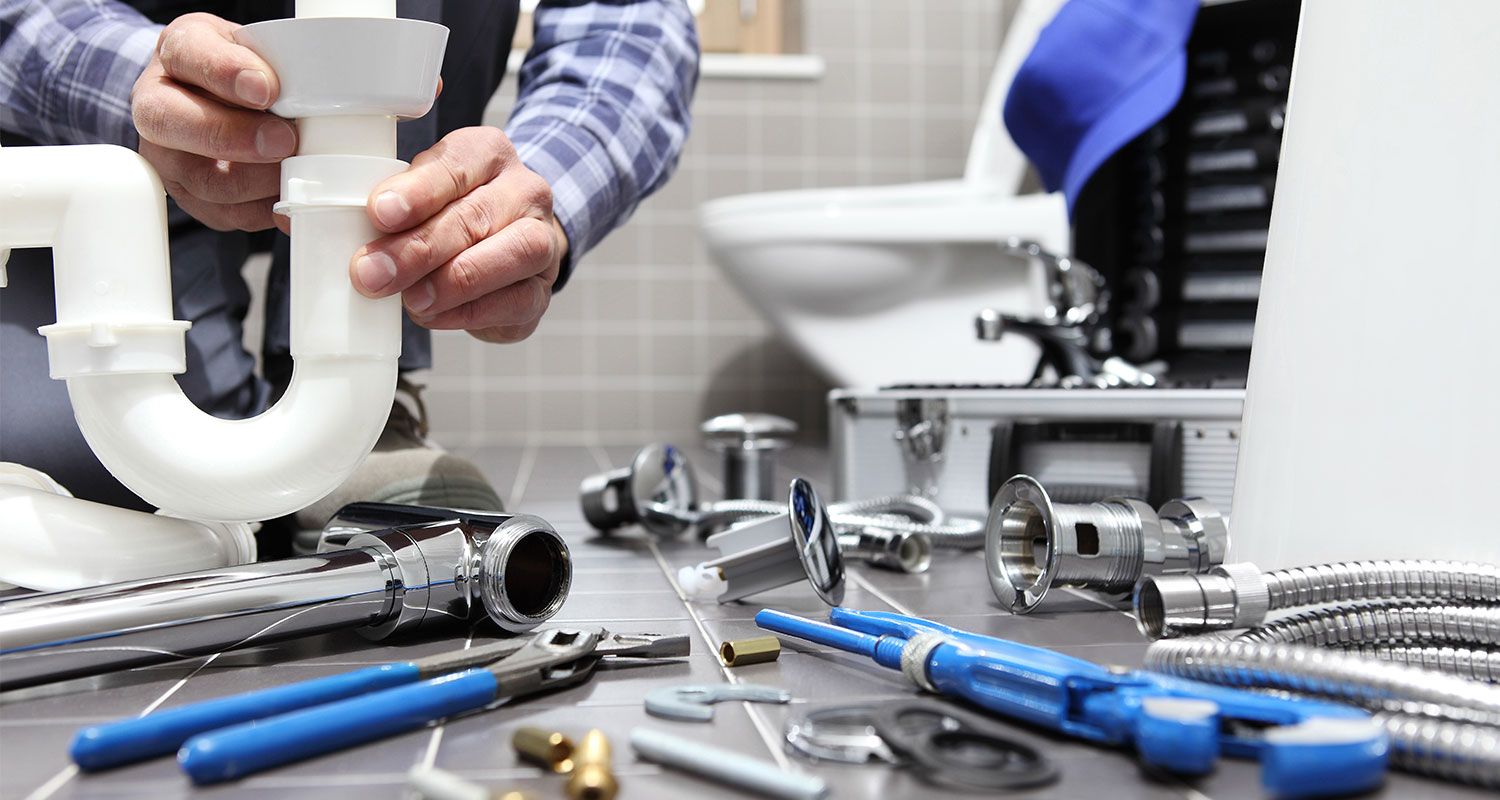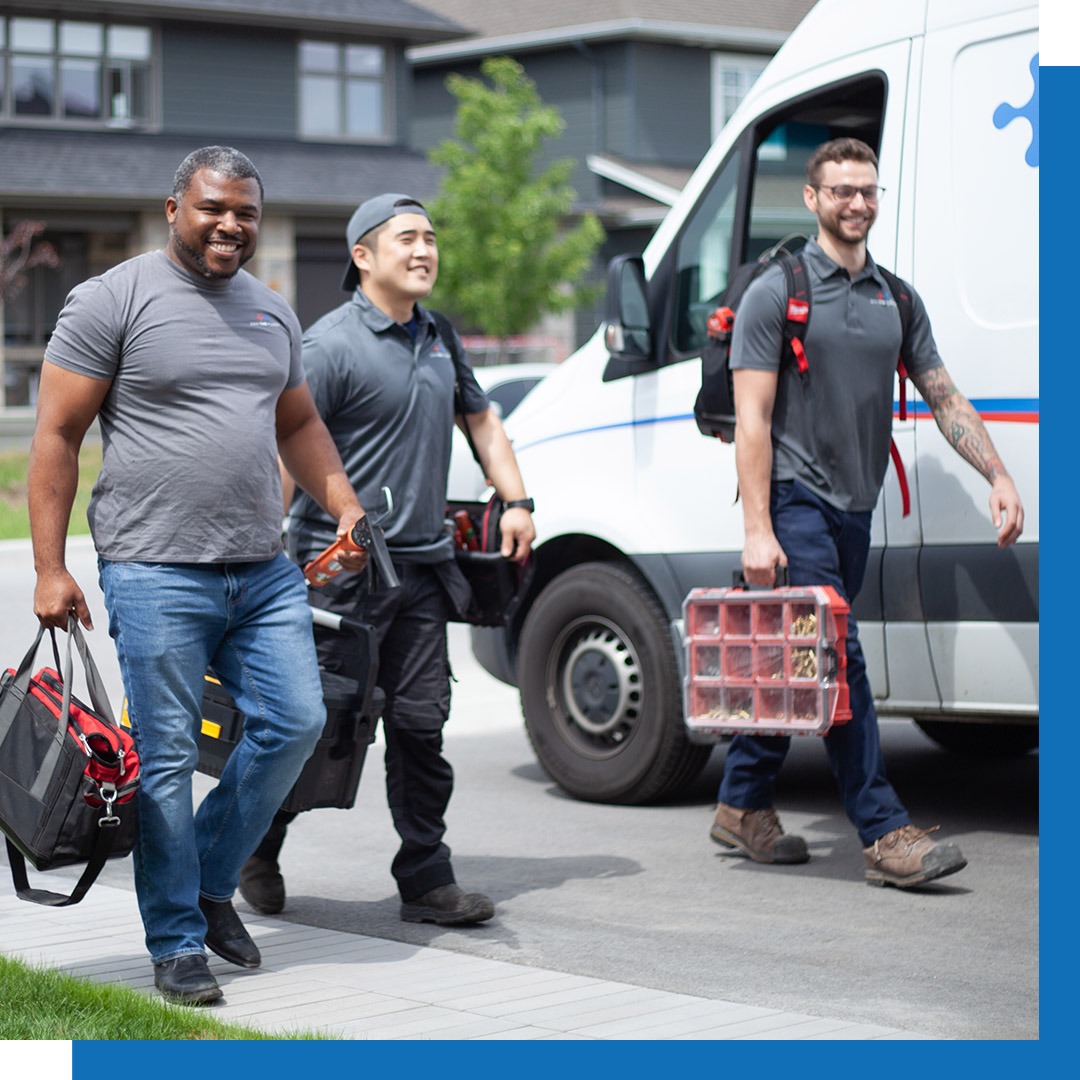Economical Plumbing Services Alabaster AL for Every Budget
Economical Plumbing Services Alabaster AL for Every Budget
Blog Article
A Detailed Guide to Efficient Water Heating System Installment for Ideal Performance
Getting started on the task of setting up a water heater is an endeavor that requires precision and a methodical approach for accomplishing ideal efficiency. As you continue, the details of linking water supply lines and establishing up trustworthy electric or gas connections await, promising insights right into ensuring effectiveness and integrity.
Choosing the Right Water Heater

Following, take into consideration the dimension and capacity of the hot water heater. It's crucial to analyze your house's warm water requirements, which can vary based on the variety of passengers and their usage patterns. A system that's as well small may lead to inadequate hot water, while a large design may lead to unnecessary energy intake.
Performance scores also play a critical function in selection. Look for water heating systems with high Power Element (EF) ratings, showing premium performance and decreased energy usage. Tankless versions, though generally a lot more expensive in advance, offer significant power cost savings over time as a result of their on-demand heating capacities.
Preparing the Installment Location
Before setting up a new water heating system, meticulous prep work of the setup area is important. This makes sure a smooth installment process and assists protect against future issues (Plumbing Services Alabaster AL). Begin by picking an appropriate place that adheres to local building ordinance and security criteria. The location must be completely dry, well-ventilated, and obtainable for upkeep. It's vital to measure the space very carefully to fit the hot water heater's measurements, making certain adequate clearance around the unit for effective operation and maintenance.
Next, eliminate any kind of debris, dirt, or blockages from the website to produce a clean environment. Examine the floor for stability, as the hot water heater will certainly need a strong, level surface area to operate efficiently. If required, install a drip frying pan beneath the device to capture prospective leaks or spills, preventing water damage to the surrounding area. In regions prone to seismic activity, take into consideration mounting seismic bands to safeguard the heater securely in position.
Furthermore, make certain that all necessary devices and products are on hand prior to beginning the installment. This consists of things such as wrenches, screwdrivers, a level, and any additional hardware required for securing the heating system and installing. A well-prepared installment area establishes the foundation for an effective hot water heater setup, maximizing performance and safety and security.
Connecting Water System Lines
When linking water system directory lines to your recently set up hot water heater, it is essential to ensure that all links are leak-free and protected to maintain efficient operation and protect against water damages. Begin by recognizing the hot and cool water supply lines. The chilly water inlet is typically noted with a blue label or a "C", while the warm water outlet is noted with a red label or an "H".
Usage versatile water heating system connectors to help with a much easier installation procedure. Prior to affixing the ports, position a plumbing technician's tape around the threaded ends of the water heating system's inlet and outlet pipelines.
As soon as connections are in location, slowly switch on the main water supply shutoff. Examine each connection for leakages by visually really feeling and inspecting for wetness. Tighten up connections as necessary, and ensure the stress relief shutoff is appropriately installed, safeguarding versus excessive stress accumulation.
Setting Up Electric or Gas Links
Appropriately setting up the electric or gas links for your hot water heater is an essential action to guarantee reliable and safe procedure. For electrical water heating units, start by confirming that the electrical circuit is compatible with the heating unit's voltage and amperage needs. Ensure the power supply is turned off at the breaker to stop mishaps. Attach the electric wires to the heater complying with the maker's circuitry diagram. Typically, this involves attaching the ground wire to the eco-friendly terminal, and the staying cords to their equivalent terminals, securing each with wire nuts.
For gas water heaters, security is extremely important. Connect the gas line to the water heater utilizing an adaptable gas adapter, ensuring it is correctly threaded and sealed with pipeline joint additional resources substance or Teflon tape ideal for gas connections.
Once connections are made, examine for any type of possible leakages. For gas lines, use a soapy water solution to the joints; bubbles indicate a leak. For electrical links, verify that all circuitry is secure and properly insulated, maintaining compliance with regional electrical codes.
Changing and examining for Performance
With the electric and gas links firmly in position, the following action is reviewing the functional performance of your water heater. Begin by thoroughly transforming on the water and guaranteeing there are no leakages at any of the shutoffs or joints. When validated, proceed to load the tank, taking note of the stress and temperature setups. It is suggested to establish the thermostat to an advised temperature level of around 120 ° F(49 ° C) to balance energy effectiveness and comfort.
Following, carry out a comprehensive inspection to make certain the burner or gas heaters are working correctly. For electrical heaters, make use of a multimeter to confirm if the elements are attracting the suitable existing. In gas designs, observe the heater flame; it needs to be stable and blue, showing effective burning.
Adjust the setups as required to eliminate ineffectiveness. Consider carrying out insulation measures, such as including a water heating unit covering, to even more boost performance by lessening warmth loss. Furthermore, examine the anode pole's condition, as a deteriorated rod can reduce efficiency and bring about tank rust.
Conclusion
Efficient water heating unit installation is essential for guaranteeing ideal efficiency and power financial savings. Firmly connecting water supply lines and thoroughly establishing up electric or gas links lessen possible concerns.

Effectively setting up the electrical or gas links for your water heater is a vital action to make certain efficient and safe operation. For electrical water heaters, begin by validating that the electrical circuit is compatible with the heating unit's voltage and amperage demands. Attach the gas line to the water heater using a versatile click for more gas port, ensuring it is appropriately threaded and secured with pipeline joint substance or Teflon tape ideal for gas connections.
Report this page